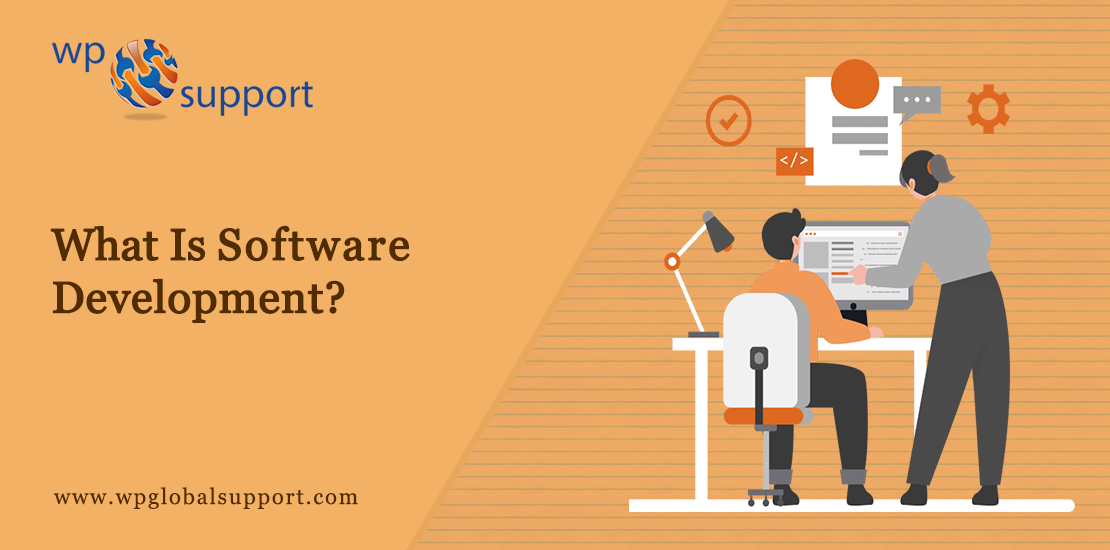
Now the days, many businesses use software to achieve their goals effectively. Some prefer to use the finished product, while others want to create a custom to fit their own business needs. Software Development is a bunch of computer science activities including creating, designing, deploying & supporting software. Software development in 2022 is gaining momentum more and more. But what is it and how is it created? Find it out from our article.
Software development: what is it?
Software development is a bunch of computer science including conceiving, specifying, designing, programming, documenting, testing & Bug Fixing. it includes writing & maintaining the source code.
First, let’s consider what is the software. It’s more than just program code: a program is an executable code that performs some computational tasks. Software made for specific purposes is called a software product.
To figure it out, remember such programs as Antivirus, audio, and video players, and a graphics or text editor that is on your computer. Or the Internet browser you use or your device operating system. These are all software.
The process of software creation is the activity of designing, writing, testing, releasing, and further supporting software solutions to address multiple user needs.
Now, that we’ve figured out a bit about what software is, let’s see how it’s built.
How software is created?
Any program development process consists of several stages, no matter whether it’s a complex software product or a simple procedure for data processing coming to the console. Top Software Development Companies follow the next main stages to build software clearly. Let’s consider them.
- Requirements analysis
At the initial stage, all the software customer requirements are collected and its comprehensive analysis is carried out. It’s necessary to determine the key objectives and goals of the final product. So, the development team works closely with the customer to discuss the project’s details and to do the work as efficiently as possible.
As a result, all the collected data is recorded in terms of reference, This document characterizes the final project goal and contains a detailed description of the tasks facing the developers.
- Product design
At this stage, you should model the theoretical basis of the future software product meticulously. Estimate the project analysis and limitations, solve identified problems, create product architecture, approve program interface, and determine security requirements. The main thing here is the choice of tools and the operating system the software is created for.
- Coding
After a qualitative analysis and assessment of competing solutions, you can start writing software code. By the way, this stage can be performed in conjunction with the testing stage, which follows. It helps to make changes to the code immediately.
The level and efficiency of all elements’ interaction are the most important since the quality of project implementation depends on the coordination of the programmers, testers, and designers’ actions.
- Testing and bug fixing
This stage takes 30% of the total software development time since it’s crucial for software fate in further. Programmers check the product functionality and remove bugs that are found. The testing process allows you to simulate situations when the software stops working correctly. Then, the debugging department localizes and fixes the found code errors.
- Product Implementation
This is the final stage when the product is put into operation. This process includes the initial data loading, the gradual accumulation of information, and bringing the created software to design capacity.
Conclusion
in the end, we see there are ethical considerations such as data privacy, algorithmic bias, and inclusivity are gaining prominence, prompting developers to develop software that respects user privacy, mitigates bias, and ensures accessibility for all.
As technology advances and new challenges emerge, software developers will play a crucial role in driving innovation, solving complex problems, and creating a more connected and sustainability in future.
